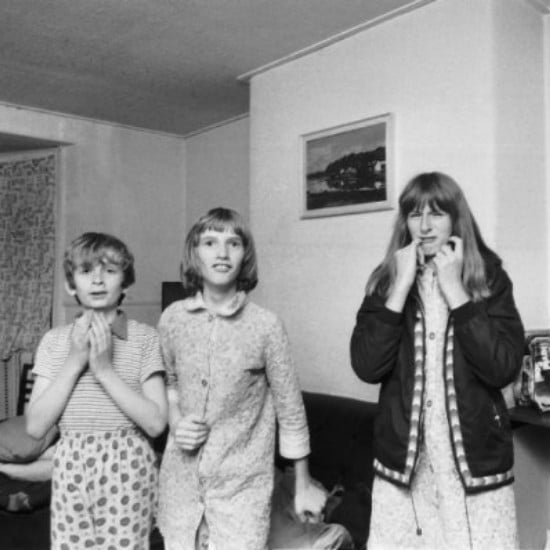

“This wasn’t part of the standard feral-child hoax yarn,” (). While many of the stories of feral children are as much myth as reality, Ochota believes Ssebunya’s account. He was captured in 1991, now about six years old, and placed in an orphanage… He had calluses on his knees from walking like a monkey.” John has learned to speak, and ().

“He fled into the jungle where he lived with monkeys. “John ran away from home in 1988 when he was three years old after seeing his father murder his mother,” says Fullerton-Batten. “It was helpful in directing me in how they position their hands, how they walk, how they survived – I wanted to make this look as real and as believable as possible.” This image deals with the case of John Ssebunya. “She had been to Ukraine, Uganda and Fiji and met three of the surviving children,” says Fullerton-Batten.
#Real wild child song series
The photographer was advised by Mary-Ann Ochota, a British anthropologist and presenter of the TV series Feral Children. “Because it was such an unusual story, () – they X-rayed her body and looked at her bones to see if she was really malnourished, and concluded that it could have happened.” Fullerton-Batten contacted her: “She was very happy for me to use her name and do this shoot.” (Credit: Julia Fullerton-Batten) It was not as though the monkeys were giving her food – she had to learn to survive, she had the ability and common sense – she copied their behaviour and they became used to her, pulling lice out of her hair and treating her like a monkey.” Chapman now lives in Yorkshire, with a husband and two daughters. She ate berries, roots and bananas dropped by the monkeys slept in holes in trees and walked on all fours, like the monkeys. “She lived with a family of capuchin monkeys for five years before she was discovered by hunters. “Marina was kidnapped in 1954 at five years of age from a remote South American village and left by her kidnappers in the jungle,” says Fullerton-Batten. The photographer was inspired to start her project after reading The Girl With No Name, a book about the Colombian woman Marina Chapman. Because of her lack of human interaction, she only knew the words ‘yes’ and ‘no’.” Oxana now lives in a clinic in Odessa, working with the hospital’s farm animals. She ran on all fours, panted with her tongue out, bared her teeth and barked. Looking for warmth, the three-year-old crawled into the farm kennel and curled up with the mongrel dogs, an act that probably saved her life. Her parents were alcoholics and one night, they had left her outside. She was eight years old and had lived with the dogs for six years. According to Fullerton-Batten, “Oxana was found living with dogs in a kennel in 1991. This image recreates the case of Ukrainian girl Oxana Malaya.

“There are two different scenarios – one where the child ended up in the forest, and another where the child was actually at home, so neglected and abused that they found more comfort from animals than humans,” the photographer tells BBC Culture. Beautiful and disturbing at the same time, the images in () have a dreamlike, fairy-tale quality.


 0 kommentar(er)
0 kommentar(er)
